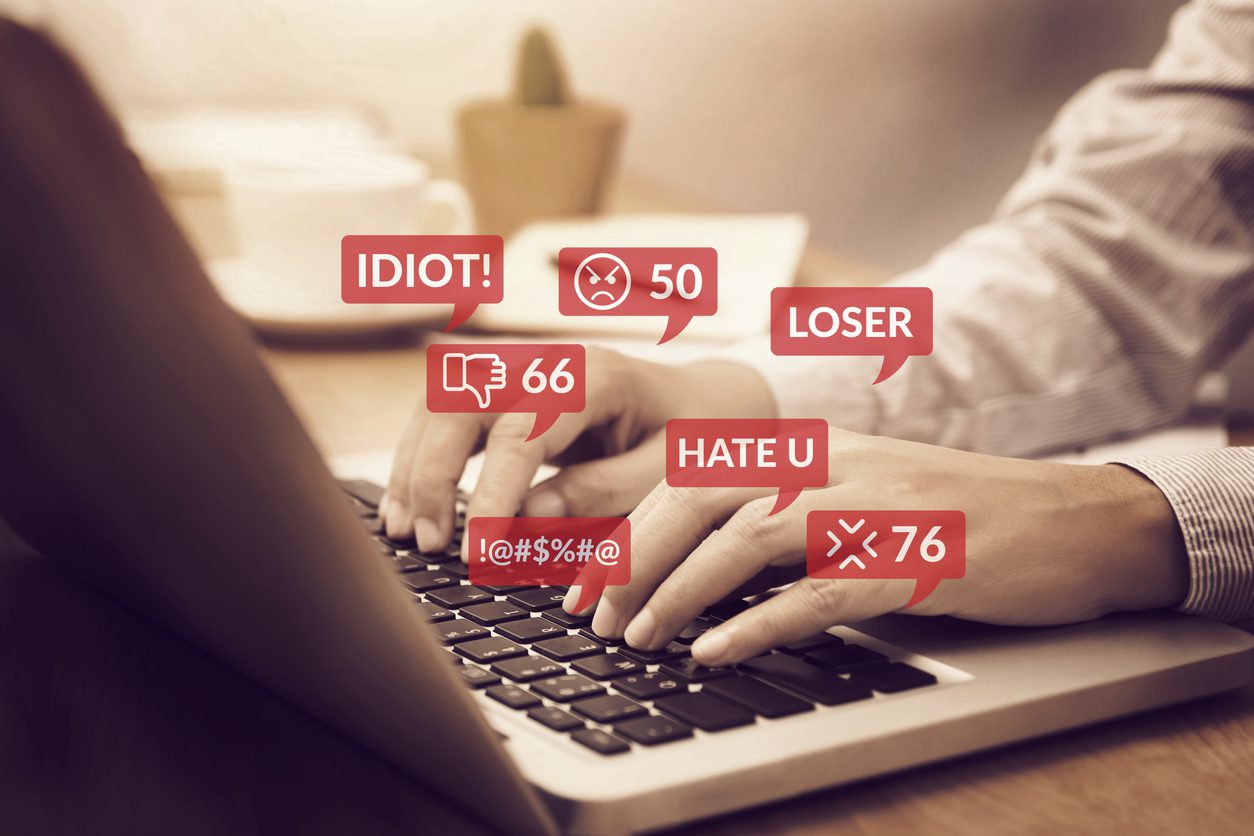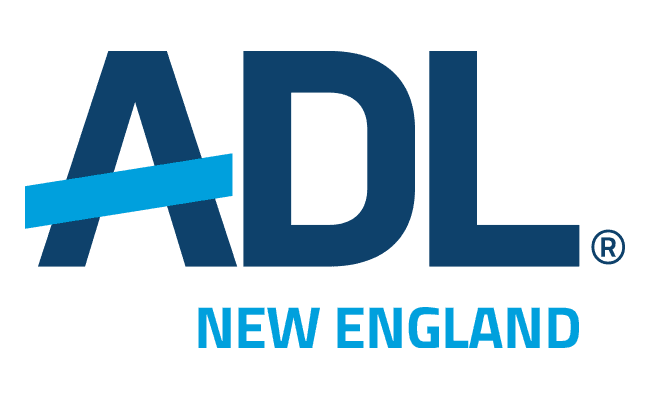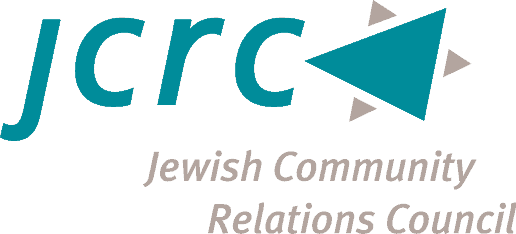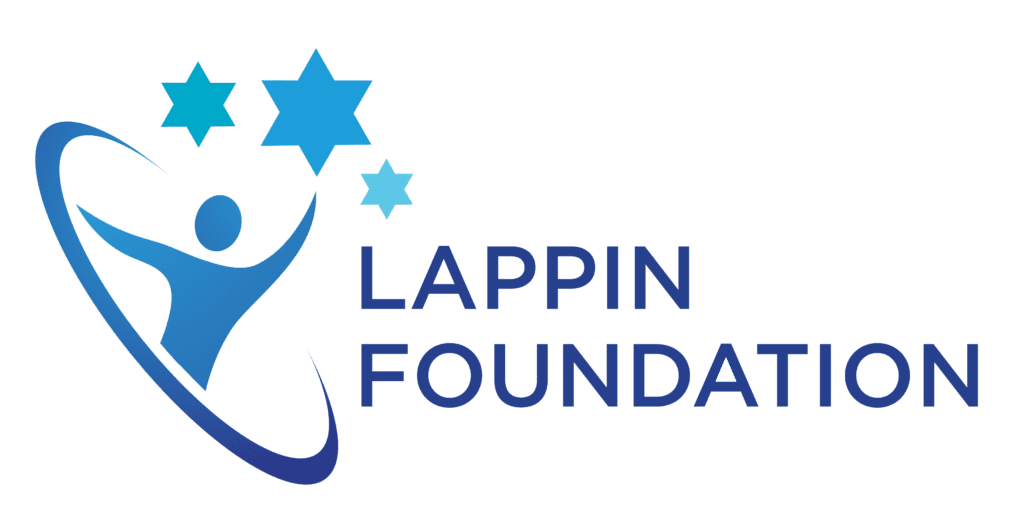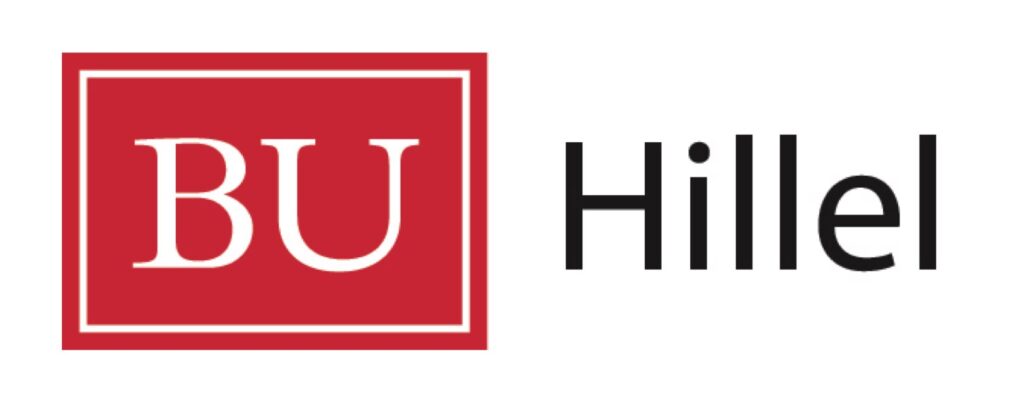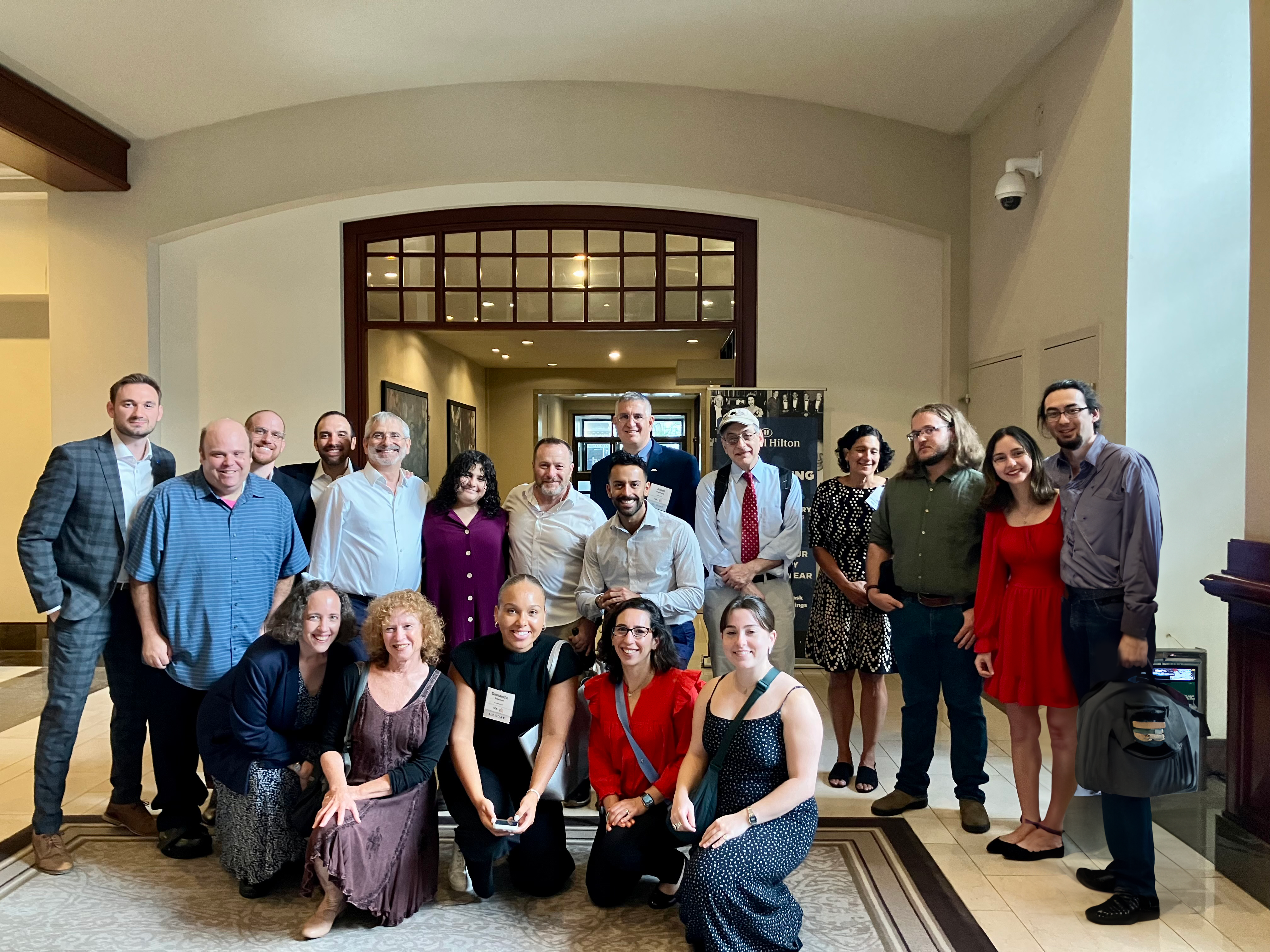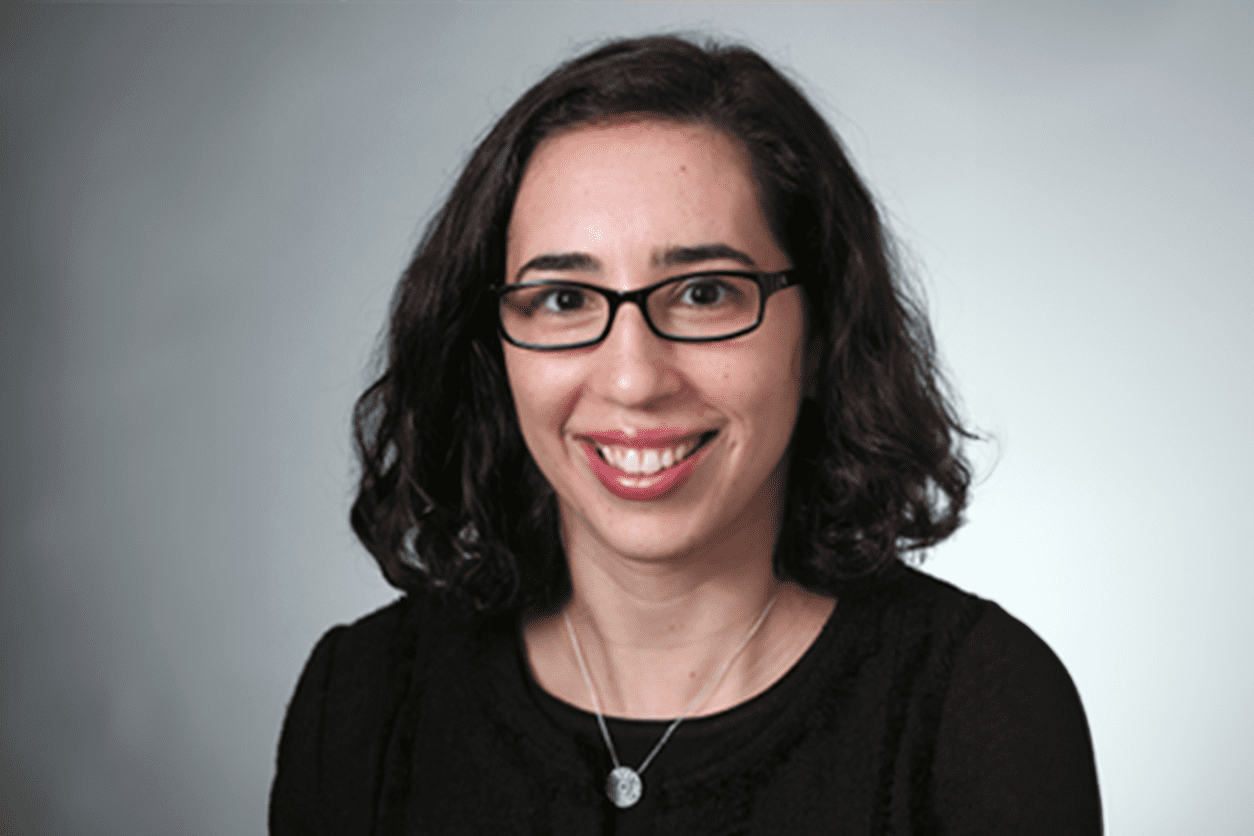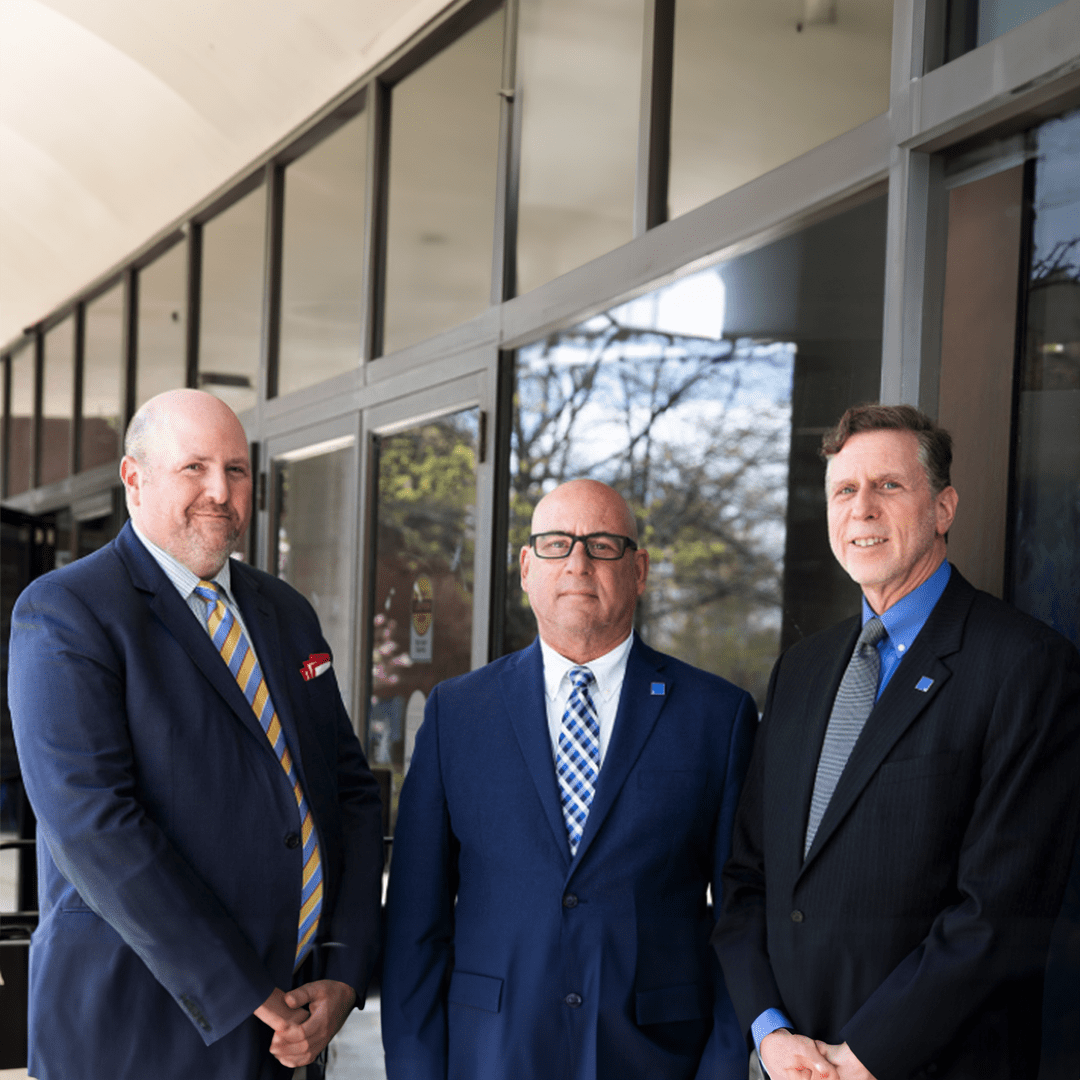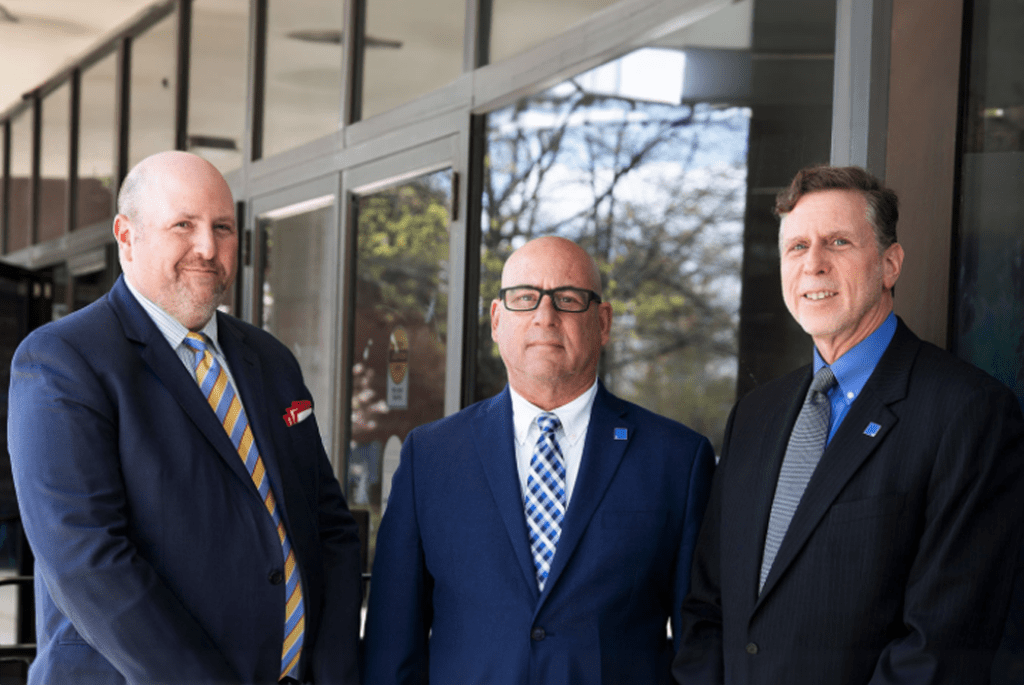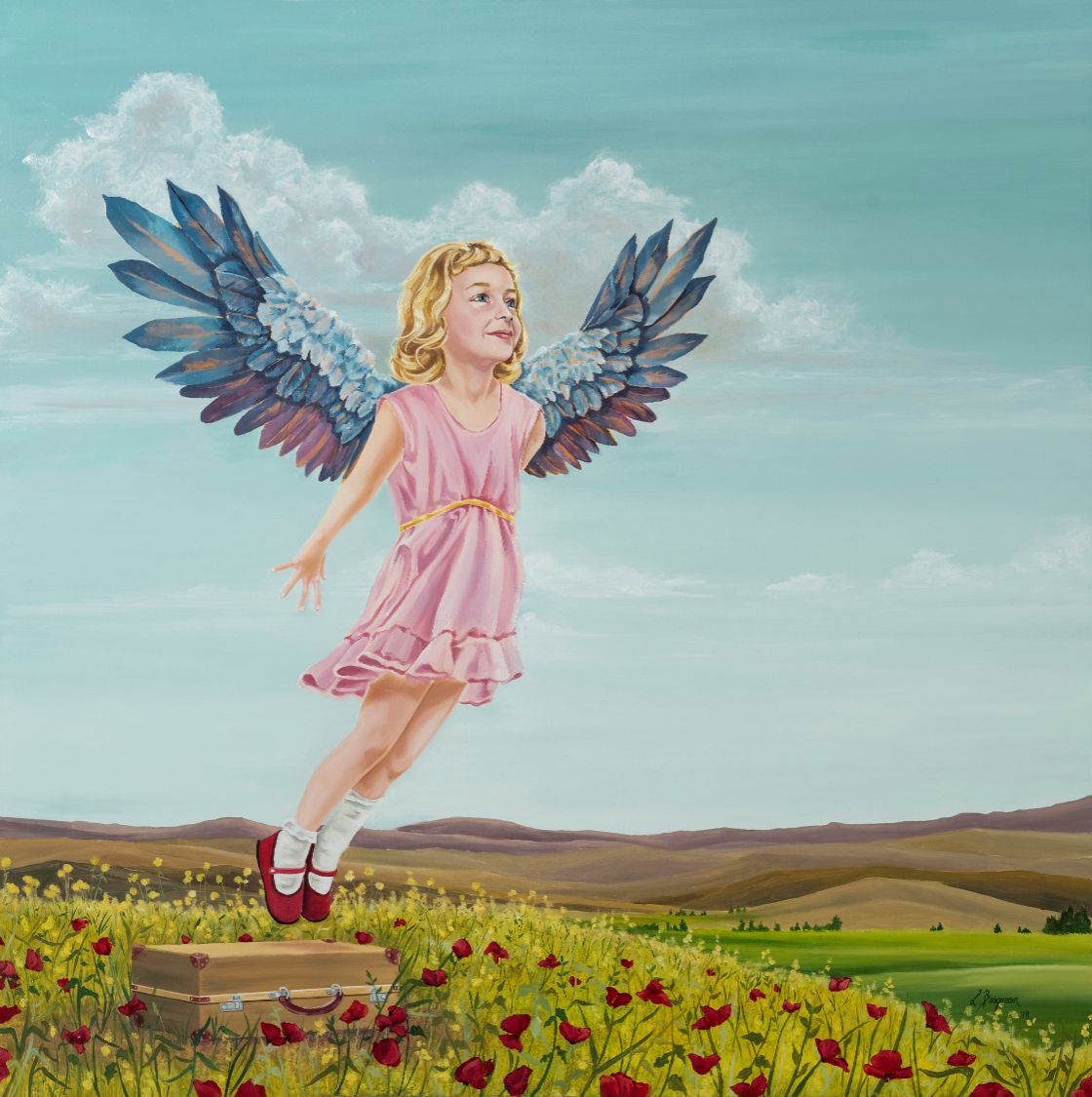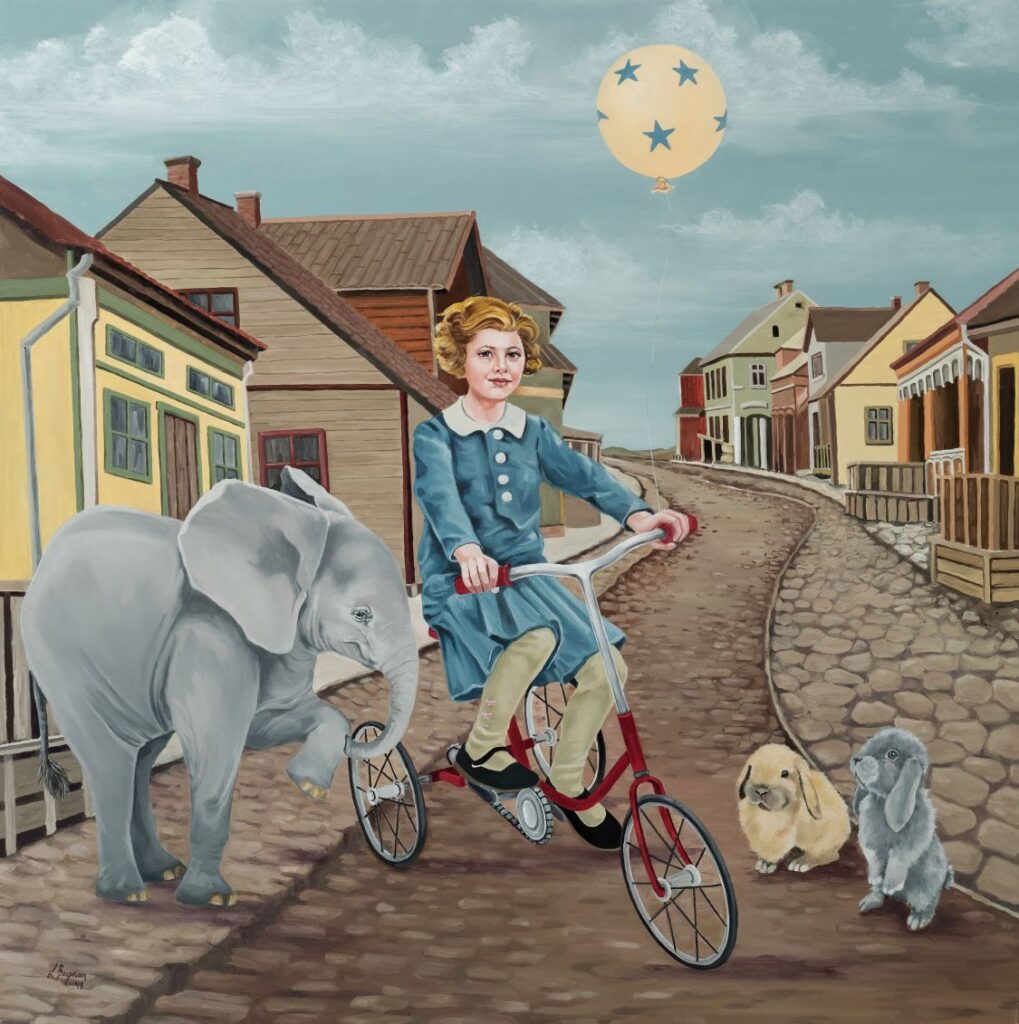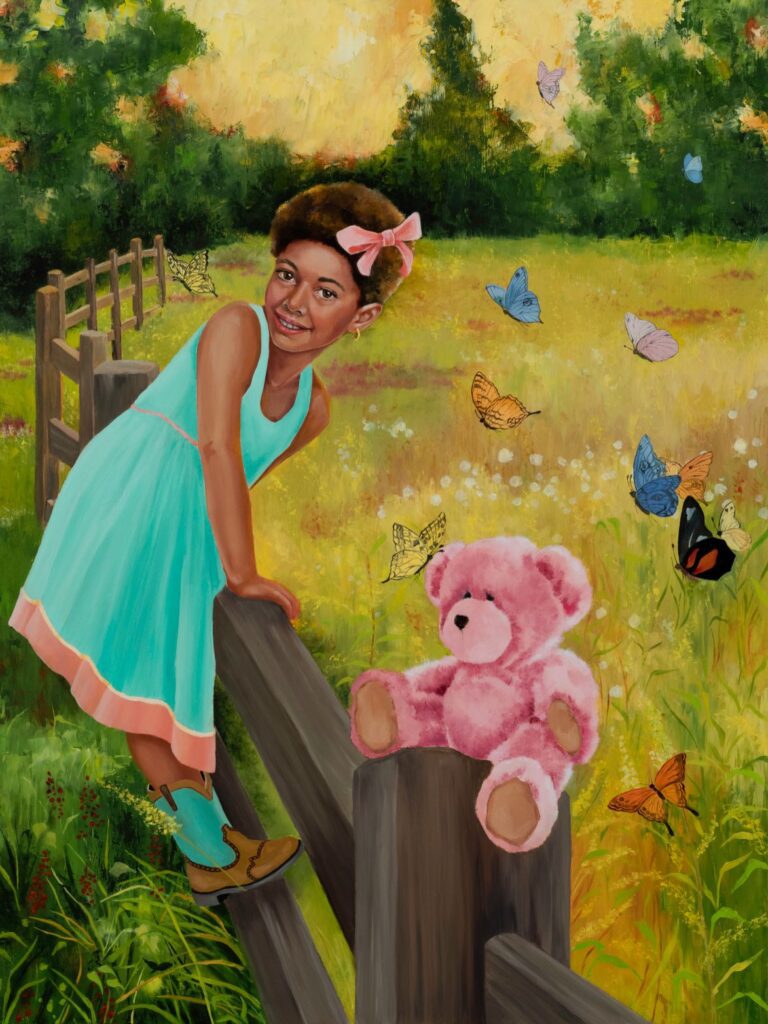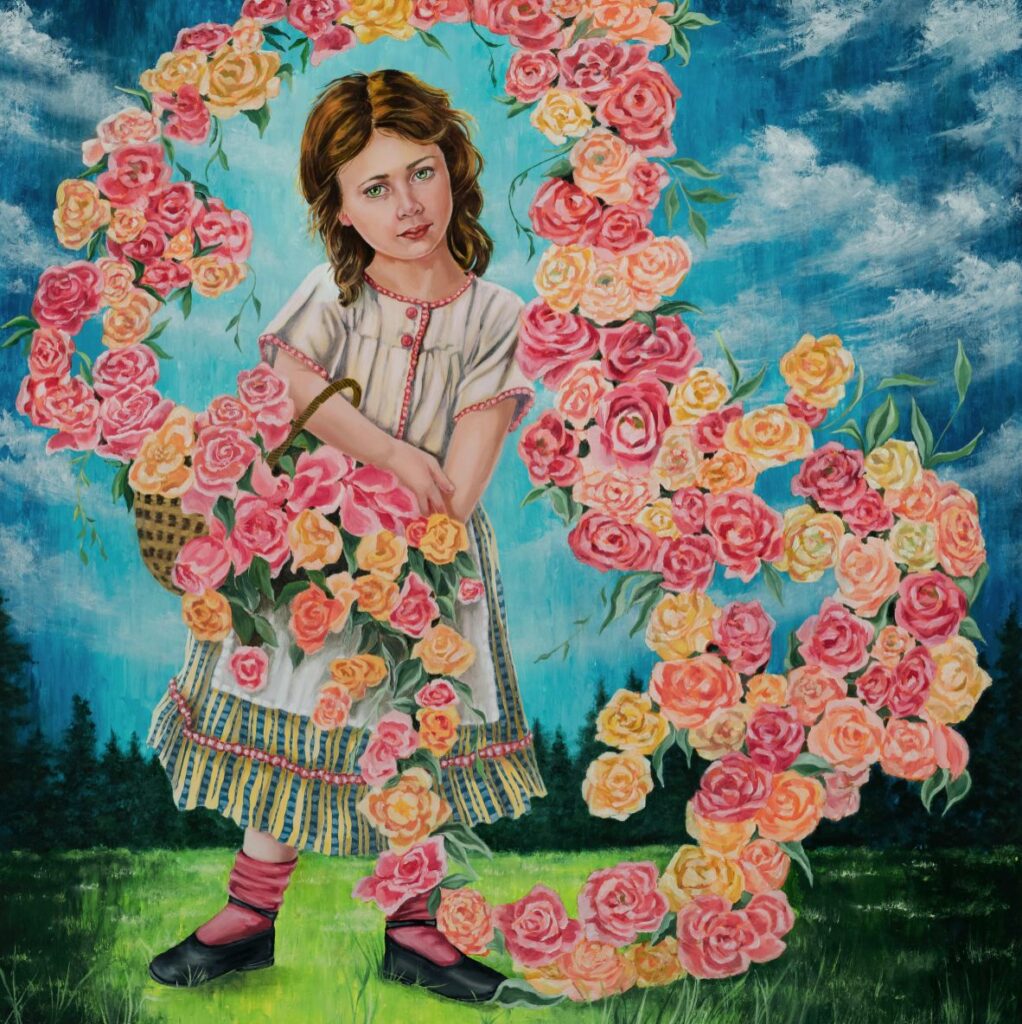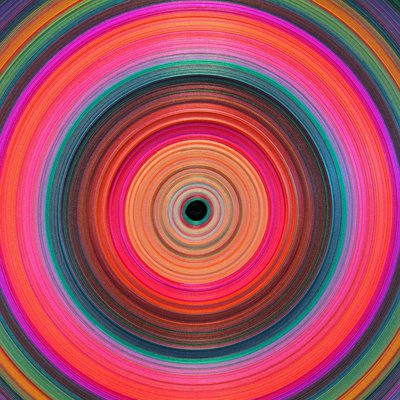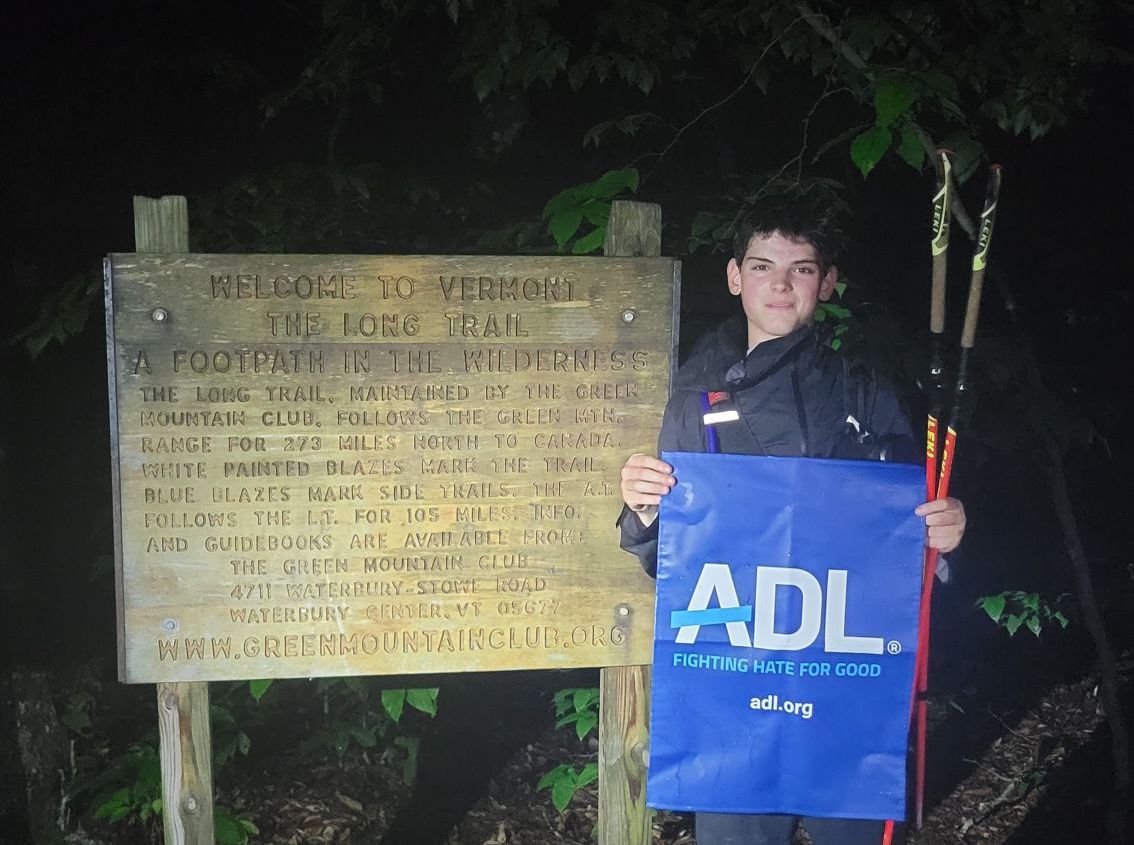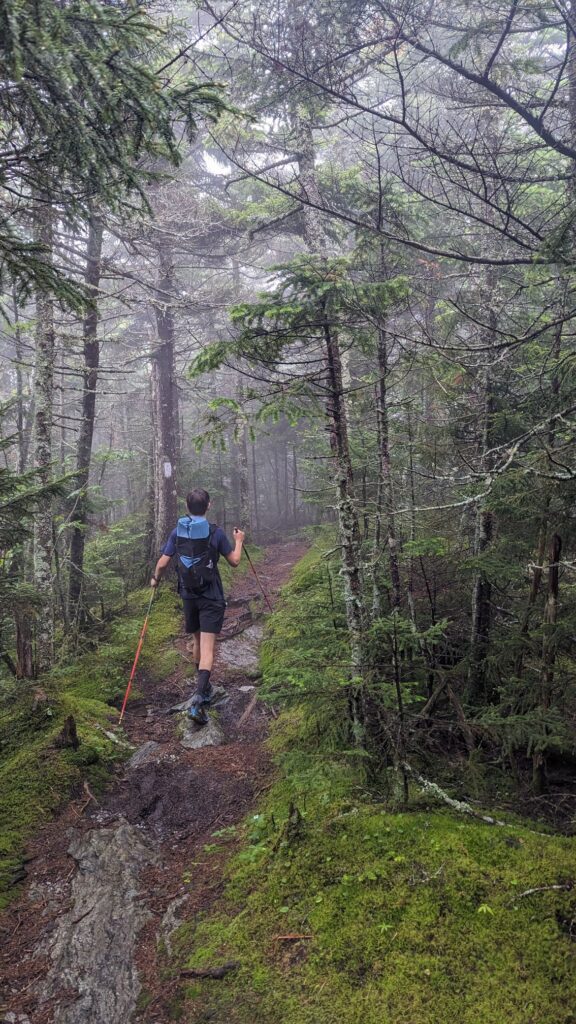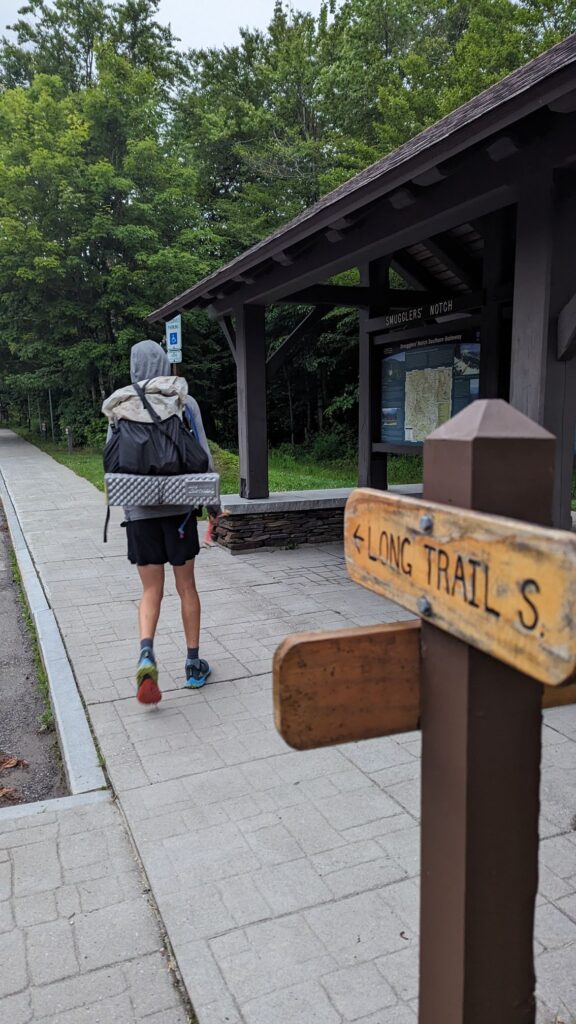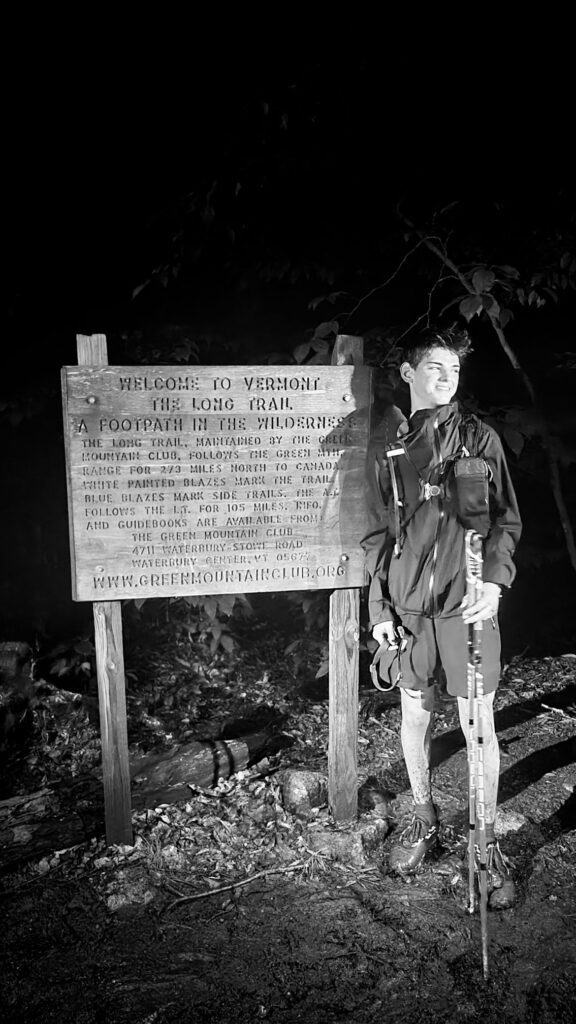By Rich Tenorio
When the Israeli organization CyberWell published a report on the state of online antisemitism for 2022, the survey quoted multiple Jews on the subject. They included Tyler Samuels, a Jamaican Jew who recounted the backlash he faced after discussing history—both Jewish and Jamaican Jewish—on social media.
“I was inundated with hate, from death threats to the usage of slurs against me,” Samuels said. “This abuse only got worse if I dared mention my love of Israel.”
Netflix host Dr. Sheila Nazarian, a Jewish Iranian American with a significant social media presence, noted that “the sad reality is that I am often the target of harassment and hate—just for being Jewish.”
“This abuse only got worse if I dared mention my love of Israel.”
Dr. Sheila Nazarian
Cyberhate is defined as “[online] hate speech” by the Anti-Defamation League, and the ADL and other organizations are marshaling their resources to combat it.
“Unfortunately,” the ADL explained in its “Best Practices for Responding to Cyberhate,” “while the internet’s capacity to improve the world is boundless, it also is used by some to transmit antisemitism, anti-Muslim bigotry, racism, homophobia, misogyny, xenophobia and other forms of hate, prejudice and bigotry.”
In a resulting initiative from the ADL, a Working Group on Cyberhate emerged following a request for action from the Inter-Parliamentary Coalition for Combating Anti-Semitism back in 2012. The best practices were published in 2019, and the platforms expressing support included Twitter. Ironically, the platform—now owned by Elon Musk and renamed X—has gotten into a public dispute with the ADL over the issue of antisemitic and racist content on the site. This is why reporting antisemitism matters both in-person and online.
CyberWell has made it a priority to address online antisemitism. Of the many types of Jew hate, online antisemitism is among today’s fastest-spreading, according to CyberWell. The organization’s 2022 survey found that the highest amount of online antisemitism overwhelmingly consisted of stereotypes, tropes and conspiracies (63.7%). The second- and third-highest percentages were collective blame of Jews (15.6%) and antisemitism directed against Israel or Israelis (8.8%). The findings did not represent the whole of last year, as the organization did not begin tracking data online until May.
Samuels described his own proactive steps—as well as his frustration at having to make them: “Rather than focusing on educating people about Jewish history, I now have to police my notifications to hide and block antisemitic comments on my posts.” He called this “an exhausting existence.”
“Rather than focusing on educating people about Jewish history, I now have to police my notifications to hide and block antisemitic comments on my posts.”
Tyler Samuels
Both CyberWell and the ADL recommend actions that can be taken.
The ADL Cyber Safety Action Guide offers tips to report antisemitic content on numerous platforms, although it notes that there are often limits to these platforms’ policies. CyberWell details its efforts to get platforms to remove antisemitic content, noting their varying levels of responsiveness. The organization even trains students in how to recognize and report online antisemitism from its Tel Aviv location. And it explains rights explicitly or implicitly guaranteed to social media users.
Jewish social media users, according to CyberWell, are guaranteed “protection from online hate hosted on these platforms—whether it is targeted harassment against you specifically, or generally spreading fear and harmful misinformation about the Jewish people as a group.”
As for Samuels, he expressed a wish that social media companies would be as proactive in removing antisemitic content as he is in self-monitoring it.
“I do it,” he said, “because I have no faith anymore that social media platforms are acting with a solid will to remove those who perpetrate this old virus of hatred.”
Rich Tenorio covers antisemitism news for JewishBoston.com. His work has appeared in international, national, regional and local media outlets. He is a graduate of Harvard College and the Columbia University Graduate School of Journalism. He is also a cartoonist. Email him at richt@cjp.org.
